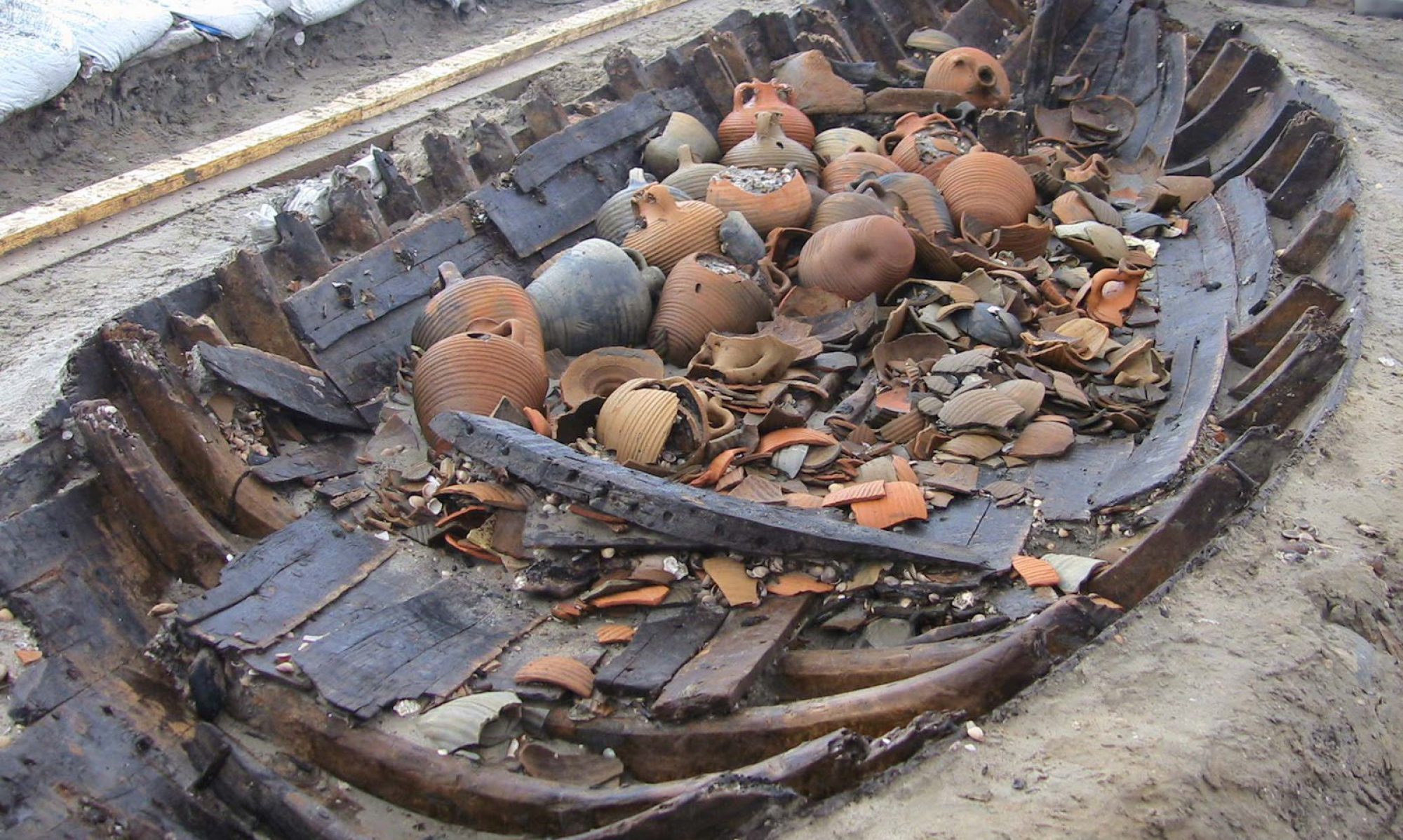
Slátur is one of the most popular traditional Icelandic dishes, other traditional delicacies such as fermented shark and sour rams’ testicles are less popular and generally only eaten during the heathen midwinter festival Þorrablót. And understandably so!
Slátur was a common and popular dish among Icelanders well into the 20th century but by the end of the century, slátur had lost the popularity contest to fast food and a more modern cuisine. There are, however, still families that meet religiously over a weekend in autumn to make slátur, not least because it is a nutritious, tasty and very cheap meal.
The word, slátur, means slaughter and is a term used for blóðmör, lifrarpylsa and scorched sheep‘s head. In former times the term was used for everything and anything that was considered edible from the sheep.
According the book Íslensk matarhefð (Traditional Icelandic Cuisine) written by ethnologist Hallgerður Gísladóttir, every autumn the men on the farm performed the bloody task that was slaughtering the sheep that had spent the summer of freely roaming the mountains. Women and children then prepared various foods from the innards and blood. Finally the produce was smoked or preserved in salt or whey.

Blood pudding and the Icelandic “haggis”
Sheep’s blood was amongst other things used to make blood pudding, porridge and bread. Blood porridge was more common amongst Southerners while people in the northern regions of the country preferred blood pudding (hot pudding made from milk, butter, flour and sheep’s blood and served with sugar, cinnamon and cream).
The two most popular dishes made from sheep’s innards are, however, blóðmör and lifrarpylsa. Blóðmör is similar to Irish black pudding and is made from sheep‘s blood, flour and suet. Lifrarpylsa on the other hand resembles Scottish haggis and is made from the innards of sheep mixed with flour and suet and stuffed into little pouches that have been cut from the sheep’s stomach and sewn together. Of the two, the latter is more popular and usually eaten warm with mashed potatoes and turnips.
Other common traditional dishes have long disappeared – among those are salted cow’s udder, mashed sheep’s brain and brain dumplings boiled in the broth from lifrarpylsa. Sheep’s stomachs were solely used as pouches for lifrarpylsa and blóðmör in Iceland, however in Denmark and Norway they were used to make a soup called Kallun suppe.
An Icelandic aphrodisiac
When blóðmör was made the blood was generally mixed with Icelandic moss and different herbs and plants, some would even use chopped kale. Nowadays the blood is mixed in with flour. The mixture was then stuffed into a pouch made from sheep‘s stomach. When full, it was either pinned shut with a wooden needle called „sneis“ or sewn shut (the idiomatic Icelandic term „sneisafullur“, or full to the brim, derives from this). Blood pudding was generally fried with butter and sugar and served with potatoes or turnips.
The first account of lyfrarpylsa, or haggis, dates back to the 18th century. Back then little or no flour was added to the mixture and the produce was generally pickled in whey. The lifrarpylsa was considered to be somewhat of an aphrodisiac and sometimes called „galsapylsa“, which literally translates to the „lively sausage“. It was said that men turned quite frisky soon after eating a lifrarpylsa.
Some trivia: The heathen month of gore, or gormánuður, was the first month of winter and began on a Saturday, usually between the 21st and 27th of October. The name comes from the innards of sheep and cattle that lay scattered around the farmhouses during slaughter season.










You must be logged in to post a comment.